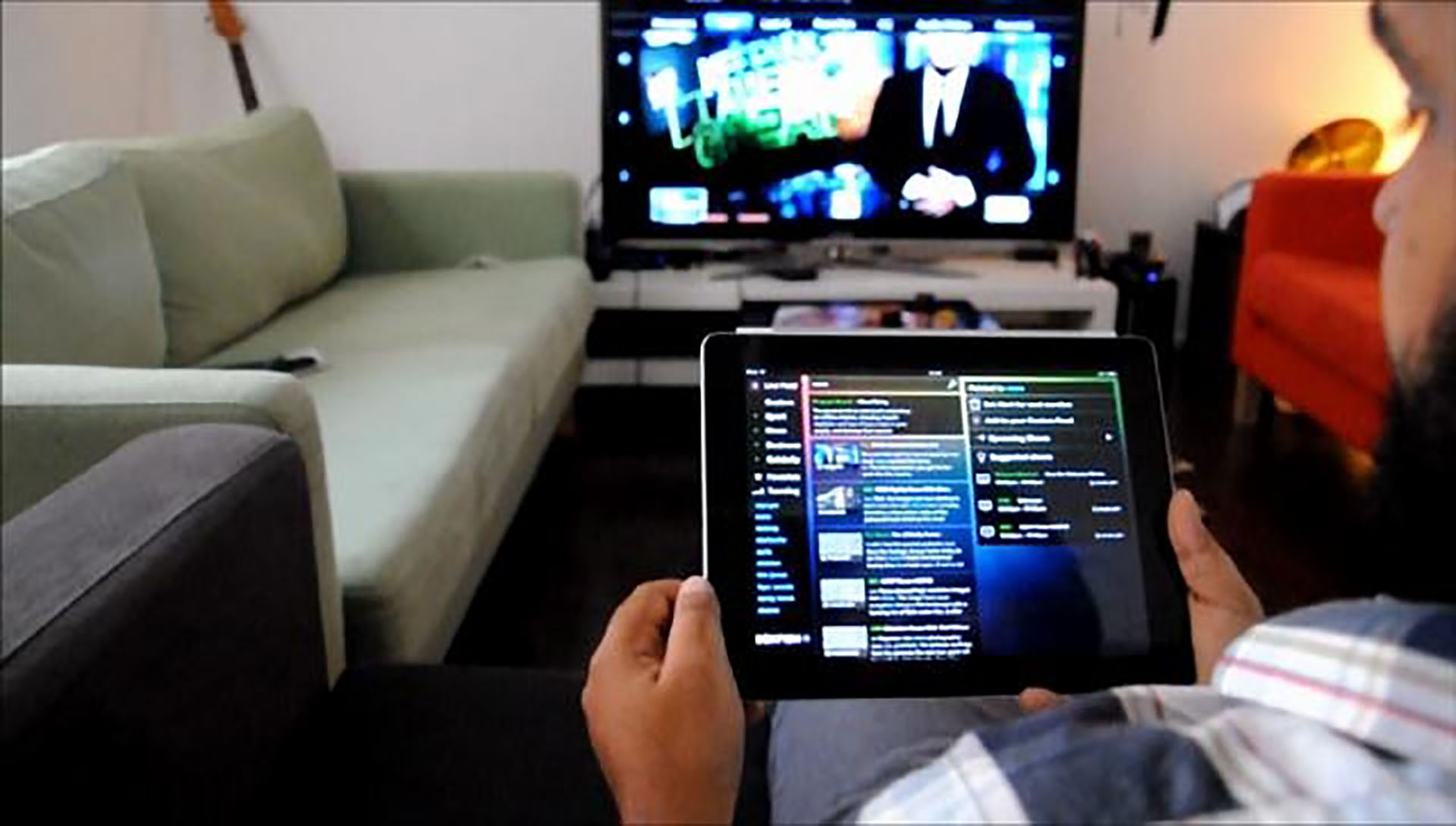Second screen apps have been with us for a while now, offering enhanced experiences with the purpose of keeping users engaged with both television and handheld devices. We are strongly attached to our mobiles, tablets and other portable gadgets, which makes second screen a sensible, logical idea. However, many second screen apps have failed simply because their creators did not exploit them to their full potential, and as consequence, they quickly faded away.
A second screen app dies of “natural causes”, for instance when a particular TV series goes on summer vacation or a certain event ends, but it can also fade away because it was not marketed right, but in a cold, urgent and profit-oriented manner. These are two extreme cases, which are followed by another, more common reason, which is lack of communication between various app building parameters, from device makers themselves, to app developers, designers and content producers. The idea is to always keep the final purpose in sight and work on the synergy between elements.

Photo Source: http://www.solstice-mobile.com/
Users Need Their Experiences Upgraded In A Subtle Way
Greatness always lies in details. Incorporating subtle elements, such as inline hints, maps, player status info, tips and tricks, keeps users engaged and satisfied, because their experience is made smooth and comfortable and they can appreciate the effort put in the development process. It’s in consumers behaviour to appreciate quality and stick to something that works for their tastes.
Storytelling Is Left Aside, And It Shouldn’t B**e**
This is important for every interactive medium, be it second screen or not, and its purpose is to both enhance the experience with insightful content, while also removing barriers that may block or harden users’s interaction. With proper storytelling, the user needs to feel fully immersed in the universe created by the game, TV etc., basically with the core story of the product. And, for that, app developers need to take storytelling into account, so that it can have all the space and resources it needs to unfold a good, immersing story.
Keeping The Attention Span Right Where It Belongs
In the past, it was hard keeping the user focused on one screen, so companion apps were created to direct audience attention toward the product, either on one screen or the other. Having more than one screen in the game is not a burden, but a possibility to gauge specific points, such as user interest and engagement with the product or the app. One can monitor the storyline, the effects and understand what ticks right and what not. Eventually, when the parameters are set straight, it is far easier to keep the user fully engaged with the product, for a longer period of time.